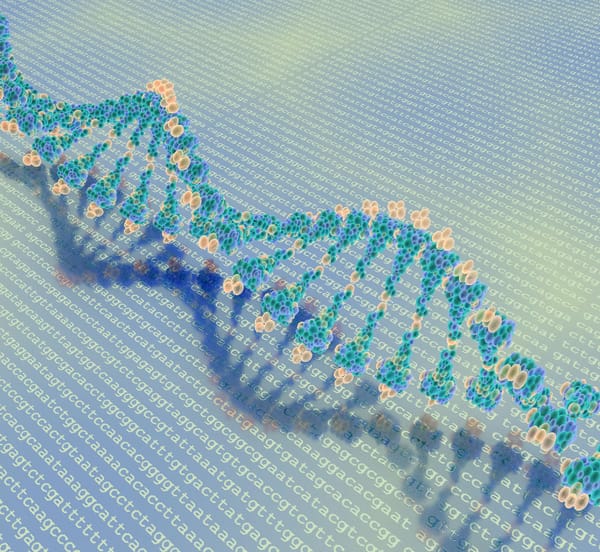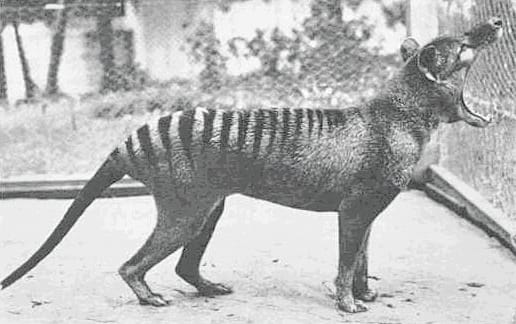Connect with conservation – successes in 2017
Conservation writer Steve Allain goes through some of the highlights of last year

2017 was a peculiar year for us all, with world politics turned on its head, as well as the United States of America pulling out of the Paris Climate Agreement. None of this seemed to phase the passionate and dedicated conservationists working around the clock to ensure that their species of choice would be here for future generations to enjoy. To fill you all with optimism moving into 2018, here are a few stories from the past year which highlight the fact that we are indeed on the right track.
One of the most shocking announcements, which took me by surprise, was China’s decision to shut down the ivory trade within the country. China put a huge amount of pressure on elephants for their ivory for both medicinal and decorative purposes. This ban does not necessarily halt the trade of ivory due to lucrative black markets, but if the Chinese authorities are committed to enforcing the new laws, then perhaps elephants may just have a chance to bounce back!
“If the Chinese authorities are committed to enforcing their ban on ivory, elephants might bounce back!”
A recent survey of the little-known Indus River dolphin from Pakistan turned up some very positive results. Scientists surveyed the dolphins over a month-long period, and now estimate that there are 1,816 individual dolphins remaining in Pakistan. These numbers are anything but compelling, but it is great news considering that when the first census was completed in 2001, there were estimated to be only 1,200 dolphins remaining. This is a 50% increase in numbers! Despite this, the dolphins are still listed as endangered on the International Union for Conservation of Nature Red List due to the growing threats of habitat loss, pollution, and drowning in nets. There is clearly still a lot to be done, but conservation efforts are moving in the right direction.
A study published in September analysed the population trends of the world’s seven sea turtle species and showed something truly amazing. The numbers of sea turtles as a whole are growing, which has further been helped by years of conservation efforts that have played a key role in the recovery of their population. Sea turtles have historically suffered population declines due to hunting, accidental capture, drowning in fishing nets and the illegal harvesting of eggs. Again, this is very encouraging news, but we cannot grow complacent. Conservation depends on the ongoing commitment and collaboration of multiple parties to ensure their hard work is not undone. You do not have to be a conservation biologist to make a difference: being active in your local community with conservation work can contribute to larger goals. Maybe in 2019, when we are looking back at 2018, a project you were involved in will be highlighted.










